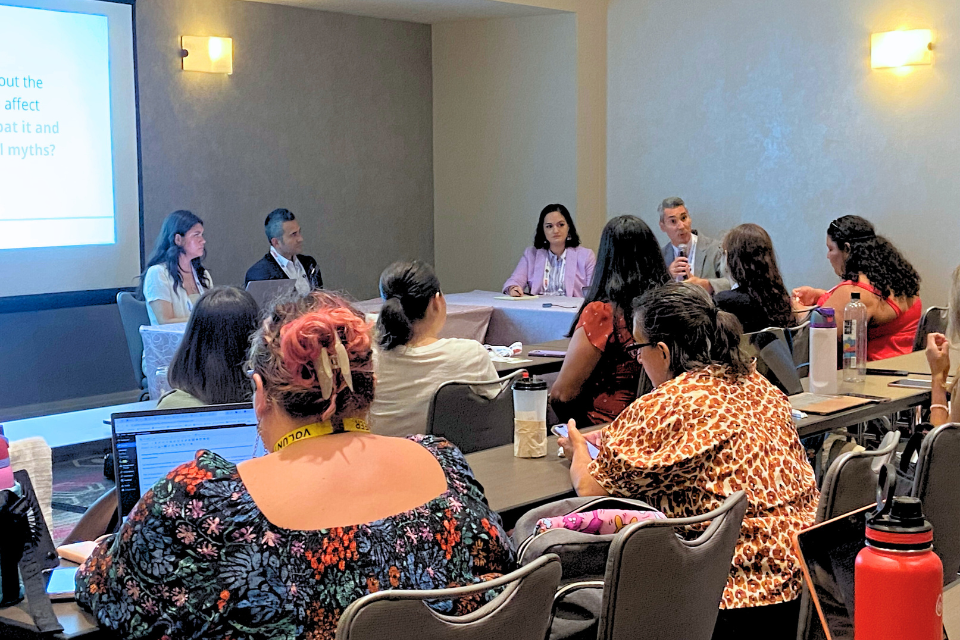By Linda Tishler Levinson
CTLatinoNews.com
Latino children, who often lag behind their peers in literacy in kindergarten, show tremendous gains if they have had a strong preschool education, according to a new study.
“The Role of Out-of-School Factors in the Literacy Problem” is a study by The Future of Children, a cooperative effort between Princeton University and the Brookings Institution.
Ana Ortiz, superintendent of the Windham Public Schools, agreed with the importance of preschool. “They come in with an advantage,” she said of the children who attend school.
She said Windham makes pre-kindergarten available to all of their students and recently instituted a sliding-scale payment system to allow more children to attend.
Ortiz said 80 percent of their students live in poverty, and that all those who attend pre-kindergarten benefit, not just Latino children. However, the majority who attend are Latino.
Attending a program like Head Start, “in which Hispanic children are significantly under-enrolled, could close as much as 26 percent of the Hispanic-white gaps, with improvements in Head Start closing another 4–8 percent. The role of early childhood education and care, we concluded, was much more important in explaining Hispanic-white gaps in school readiness than in explaining black-white gaps,” the study said.
The study cited economic status and in-home language issues as among the challenges to literacy for Latino children. The study noted that children in Latino families do gain from the closeness and support of their families. It also noted that in later school years, Latino children often catch up to their peers at a higher rate than other minority children and cite family support as a reason.
Sheila Osko, coordinator of ESL, bilingual and translation services for the Norwich Public Schools also agreed with the value of preschool for Latino children. “Having these skills and addressing early childhood issues gives them a good, solid base,” she said. “It does absolutely help.”
She said their schools have bilingual centers where children can both learn in their first language but also transition to learning in English. An important element for Latino children, she said, is involving parents. She said children greatly benefit when their parents become involved in their education. The Norwich schools have programs that help parents learn English and also teach them how to help their children learn, which she said have been very successful.
They encourage parents to learn English, but to read to their children in Spanish in the meantime. Osko said they have found literacy improves when children are read to in any language. It helps them make the connection between the printed word and the spoken language and their literacy improves more quickly.
They also have staff members who speak the language of all of their prevalent language groups, including Spanish. It allows the parents to be greeted daily by someone who can converse with them easily.
“That has been absolutely fabulous, because we’re getting the needs of the families met,” Osko said.



